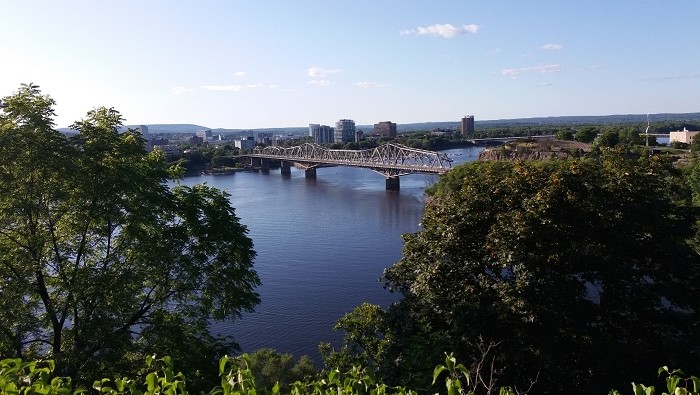Located at the heart of Canada’s capital, the University of Ottawa is the world’s largest bilingual university (English and French). It offers a wide variety of academic programmes administered by ten faculties, many of which are well-regarded for their quality of education and rank highly in their respective fields.
The Max Planck – uOttawa Centre for Extreme and Quantum Photonics was established in 2015 as a platform for close collaboration and scientific exchange between researchers from uOttawa and the Max Planck Society. The Centre has a broad research portfolio encompassing many topics of current interest in optics and photonics. Particular areas of interest include the development of very high intensity laser sources, the development of optical methods of relevance to quantum information science and the fabrication of devices for use in classical and quantum photonics.
I completed my internship in the Terahertz (THz) Photonics group. THz beams transmitted through materials can be used for material characterization, layer inspection and as an alternative to X-rays for producing high-resolution images of the interior of solid objects. My role was to investigate the evaporation rate of water in a paper sample based on the fact that the amount of absorbed signal changes when water evaporates. By analysing these changes, we were able to calculate the evaporation rate of water in the paper-based sample.
Aspects of my role included performing experimental measurements and using MatLab software to analyse the data obtained. Ultimately, I achieved valid, satisfactory results and presented them to the group. I attended weekly group meetings, which allowed me to familiarise myself with the projects of the other group members and learn a lot about Terahertz beams and their properties.
Ottawa is a fantastic city with lots of parks, art galleries and things to see. Through science, I had the opportunity to experience many facets of Canada.
Text: Mohsen Khalili Kelaki, Elite Graduate Program "Advanced Optical Technologies"


